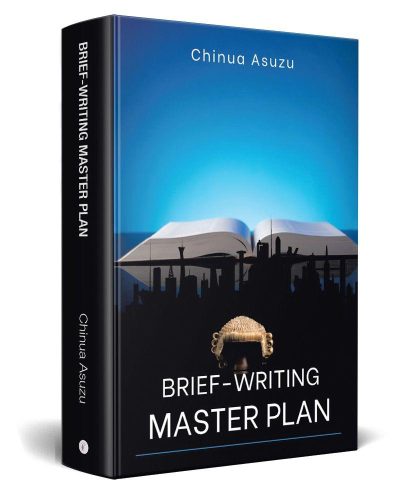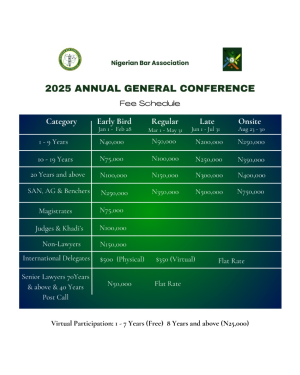By Chinua Asuzu
Recall Donoghue v Stevenson [1932] AC 562 (HL).
Ms Donoghue went to a café with her friend. The friend bought her some ginger beer. Donoghue drank it, only to find a snail’s decomposed remains in the opaque bottle. Donoghue took ill and successfully sued the ginger-beer manufacturer.
The facts cried out for justice, although the state of Scottish and English law in 1932 provided no relief. Donoghue’s theme was the emotionally nourished and fact-based one that an innocent party who suffers from another party’s wrongful act should be compensated, even if the parties had no contract. Stevenson’s theme was the emotionally malnourished and law-based one that a third party who had no contract with a delinquent party had no remedy for wrong caused by the delinquent party.

Moved by Donoghue’s theme, the House of Lords transplanted from the Bible and translated into legal language the maxim Love thy neighbor—a shared value in 1930s British society.
Develop a theme throughout your brief. In most cases, your theme should be implicit rather than explicit. Select an appropriate level of subtlety. It shouldn’t be so subtle that it’s missed, but it needn’t be announced. Typically, the theme should be left for the judicial reader’s discernment. The judicial reader’s contribution entrenches judicial buy-in.
The theme is the subtle, emotional underpinning of the theory of the case. Without a theme, your brief will suffer a deficiency in rhetorical allure and manure. “Themes involve right and wrong, good and bad. Theme is about what’s just and moral.
To create a theme, imagine you’re in a jurisdiction with no laws, a jurisdiction in which all that counts is justice and morality.” Gerald Lebovits, ‘Do’s, Don’ts, and Maybes: Legal Writing Do’s–Part 1,’ New York State Bar Association Journal (May 2007), 64.
In such a jurisdiction, why should you win? The answer is your theme. Point to “the paramount equities in the client’s favor and the distressing injustice that would follow if the client loses.” William J. Holloway Jr (quoted in Ruggero J. Aldisert, Winning on Appeal: Better Briefs and Oral Argument, 2nd ed. [NITA, 2003], 245).

Your theory of the case may keep you on the right side of jurisprudence, but your theme should keep you on the right side of justice.
In literature, the theme “is the abstract concept that is made concrete through representation in person, action, and image.” William J. Holloway Jr (quoted in Ruggero J. Aldisert, Winning on Appeal: Better Briefs and Oral Argument, 2nd ed. [NITA, 2003], 245).
In Telephone Conversation, Wole Soyinka concretizes in a tableau of marvelous artistry the abstract concept of racism. The theme of Telephone Conversation is the absurdity and sheer idiocy of racial discrimination. In case you didn’t know how inane racial discrimination was, Telephone Conversation teaches you.
The characterization of theme in literature as the moral of the story is helpful in constructing a theme in advocacy. Addressing questions like why your client’s cause is just and the other side’s unjust, and what your bottom-line point is, will help you develop a theme. Kenneth D. Chestek, ‘The Plot Thickens: The Appellate Brief as Story,’ 14 Journal of the Legal Writing Institute (2008), 127, 146.
In William Shakespeare’s Julius Caesar, Mark Antony’s funeral oration proved more compelling than the justification offered by the noble Brutus, not because of the facts presented in either, but because of Mark Antony’s superior thematic development. Antony’s eulogy was an emotional trigger that provoked a counterrevolution.
A clinical, detached, overly formal, or sterile writing style may undermine the building of a theme, as it tends to make the writing sound neutral.
Summarized from Chinua Asuzu, Brief-Writing Master Plan (Partridge, 2022), 22–33.
Read More:
- Chinua Asuzu: Craft Arguments That Win Cases
-
Brief-Writing: What’s the theory of your case?
-
Avoid Vague Writing: Abstracts Should Be Clear and Concrete










